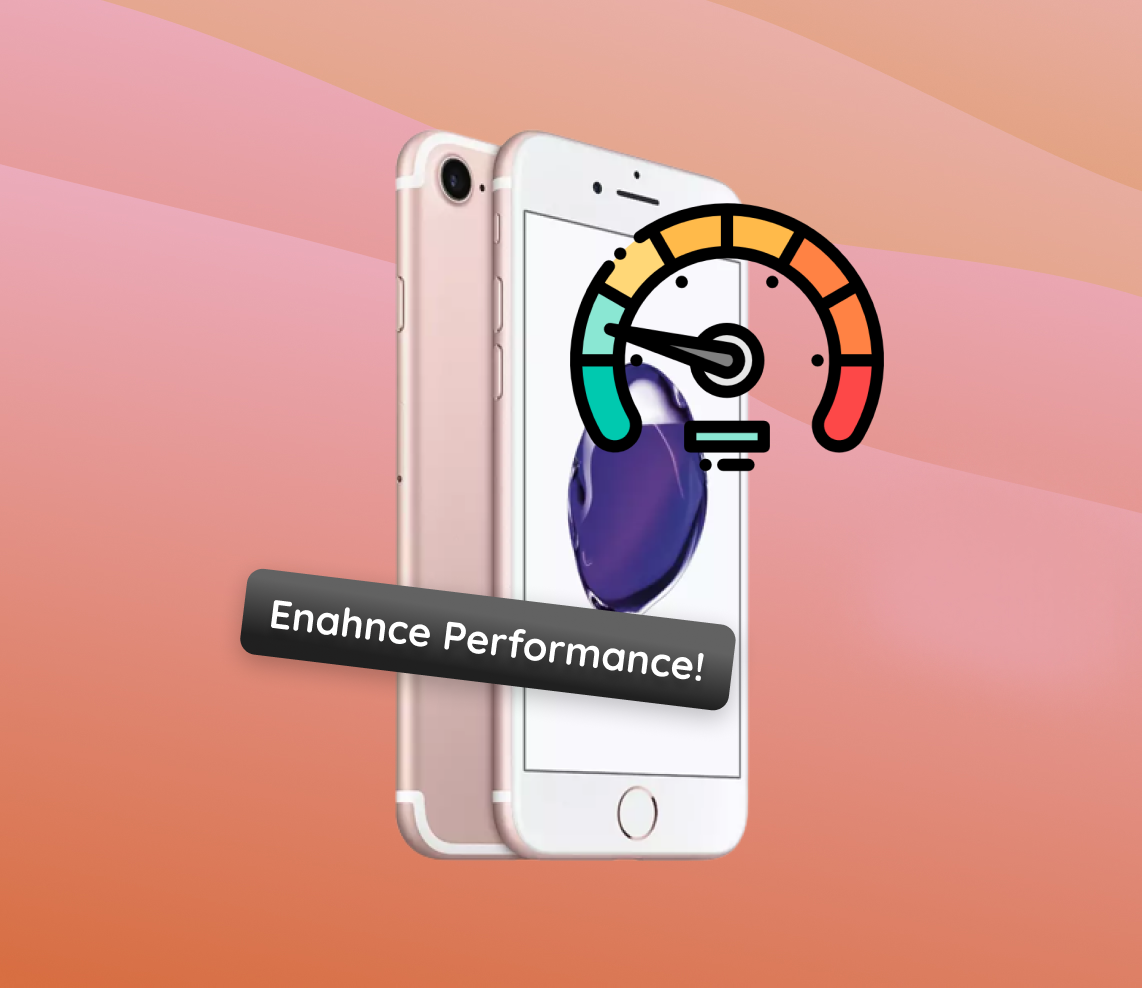The evolution of smartphone technology has been nothing short of spectacular. Every new iteration brings about transformative changes, redefining our digital experiences. Among these iterations, the iPhone 7 series stood out, garnering acclaim for its blazing speed and efficiency. However, like all devices, its performance can be influenced by myriad factors over time. This comprehensive article delves deep into these factors, shedding light on what may impact the iPhone 7’s speed, and offering actionable insights to enhance its functioning.
Understanding the iPhone 7’s Performance Dynamics
When the iPhone 7 and 7 Plus first hit the market, they were lauded for their efficiency and speed. As time progresses, these once-speedy devices may experience reduced performance. Sometimes, simply pressing and holding the power button to restart your device can solve minor glitches. A multitude of factors, including software updates, background apps, and storage constraints, can impact the speed and performance of the iPhone 7 series. In the following section, we have tabulated these elements to offer a concise overview of the primary factors affecting the iPhone 7’s performance dynamics.
Factors Impacting iPhone 7’s Performance: An Overview
For a more structured breakdown of these factors, complete with relevant emojis, let’s explore the table below:
| Factor | Description | Impact on Performance |
| ? Software Updates | Updates that are often optimized for newer hardware. | May not necessarily speed up iPhone 7 or its Plus variant. |
| ? Background Apps | Apps that run in the background, consuming device resources. | Periodically closing them can help make iPhone 7 run faster. |
| ? Storage Constraints | Filling up device storage with files and apps. | Clearing storage can make your iPhone 7 faster. |
| ⏳ Aging Hardware | Wear and tear of physical components over time. | Can reduce device efficiency. |
| ? Software Bloat | Overloading with too many apps or features. | Can slow down the device. |
| ⚙️ Background Processes | Processes like mail fetch, location services, etc. | Adjusting settings can lead to iPhone 7 speed up. |
In wrapping up, being aware of and proactively addressing these factors can be pivotal in ensuring the iPhone 7 or 7 Plus maintains its speed. While certain factors, such as aging hardware, are inevitable, others, like managing background apps and clearing storage, offer actionable steps to speed up my iPhone 7 and ensure its efficient operation.
Pro Tips to Speed Up iPhone 7 and iPhone 7 Plus
If you’re looking to enhance the performance and speed of your iPhone 7 models, these actionable tips and solutions will be invaluable. From keeping your software updated to optimizing battery settings, let’s delve into some proven strategies to rejuvenate your iPhone’s performance.
Tip 1: Ensure Your iOS Software is Up-to-Date Within Compatibility
Ensuring that your iPhone 7 is running the most recent iOS version it supports can lead to improved performance. Before updating, always verify compatibility on Apple’s official website.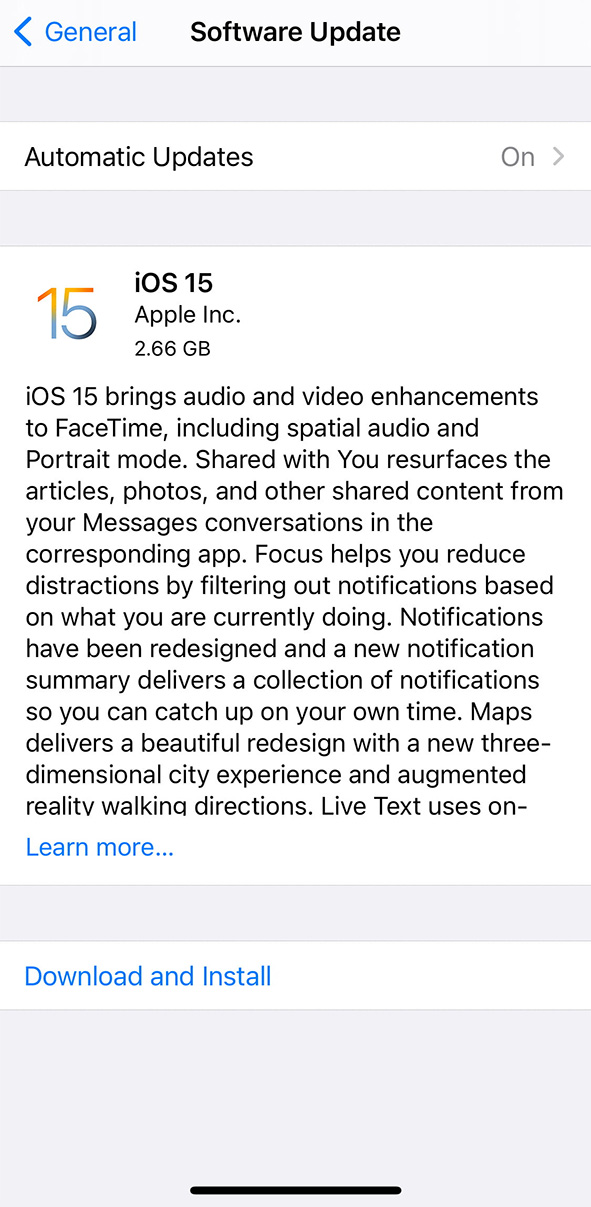
Tip 2: Clear Cache and Data
Cached data from apps like Safari can slow down your device. To clear Safari’s cache, go to Settings > Safari > Clear History and Website Data. This step can help make the iPhone 7 run faster by freeing up memory.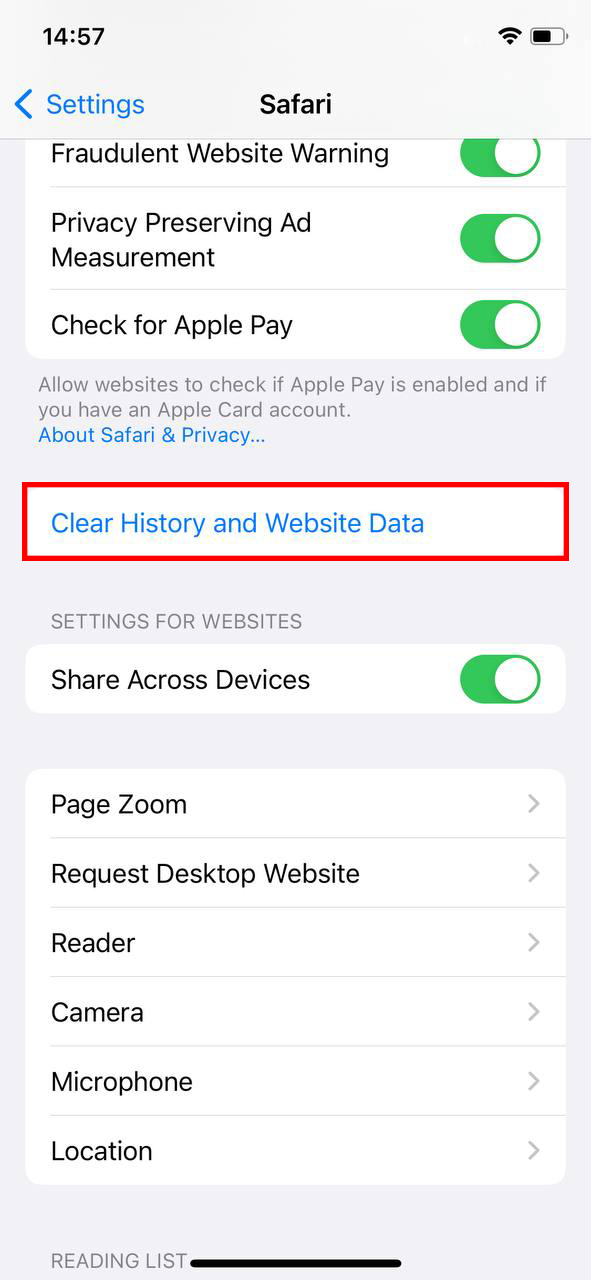
Tip 3: Limit Background Processes
Limiting background app refresh can save battery and improve performance. To manage this, navigate to Settings > General > Background App Refresh and select which apps you want to allow or turn it off entirely to make your iPhone 7 faster.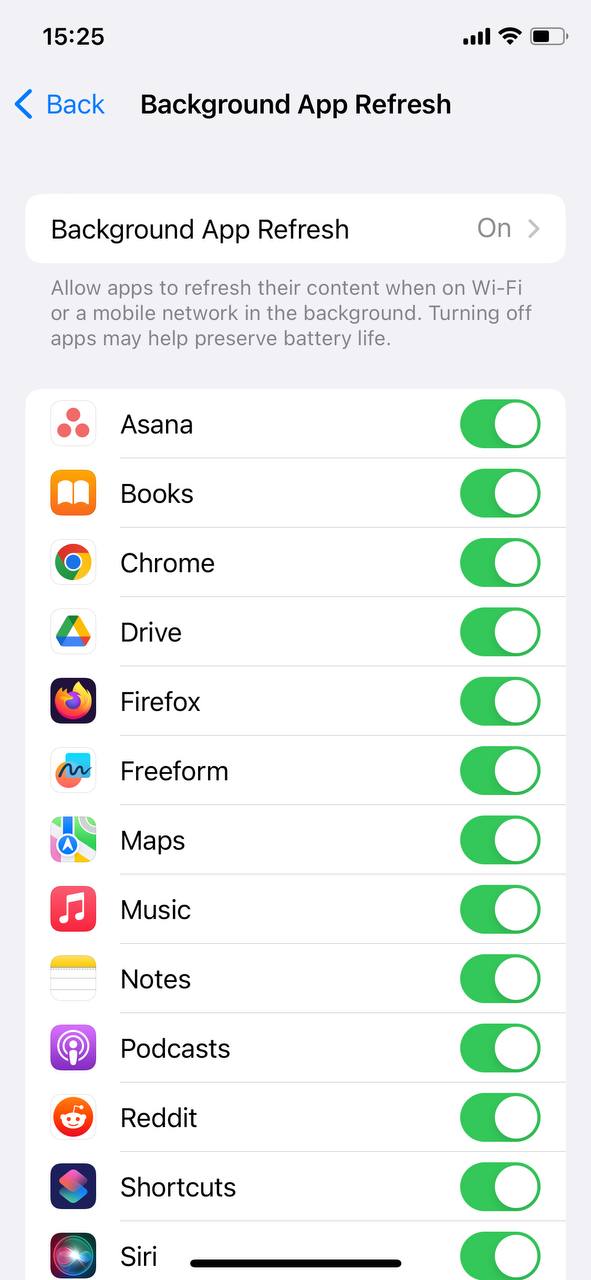
Tip 4: Reduce Motion and Animations
Reducing motion effects can make transitions smoother and speed up iPhone 7 Plus visual performance. To do this, navigate to Settings > Accessibility > Motion > Reduce Motion and toggle it on.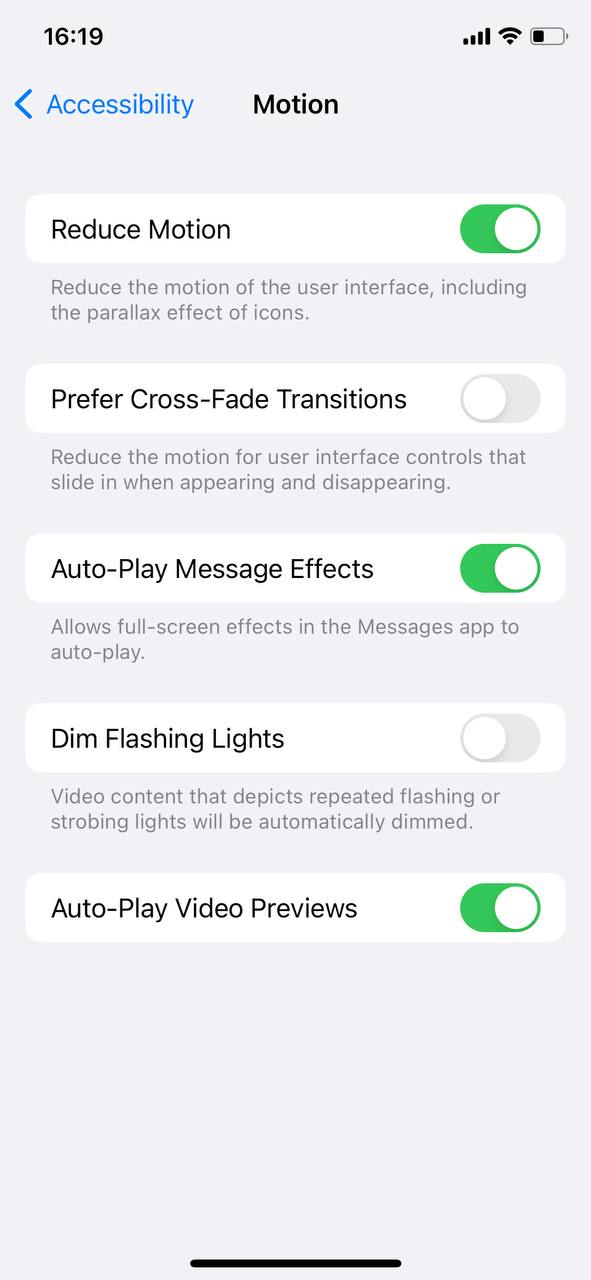
Tip 5: Review and Delete Unused Apps
Freeing up storage space can improve performance. Regularly review and uninstall apps you no longer use by pressing and holding the app icon, then selecting ‘Remove App’ from the options. This step can make iPhone 7 Plus run faster.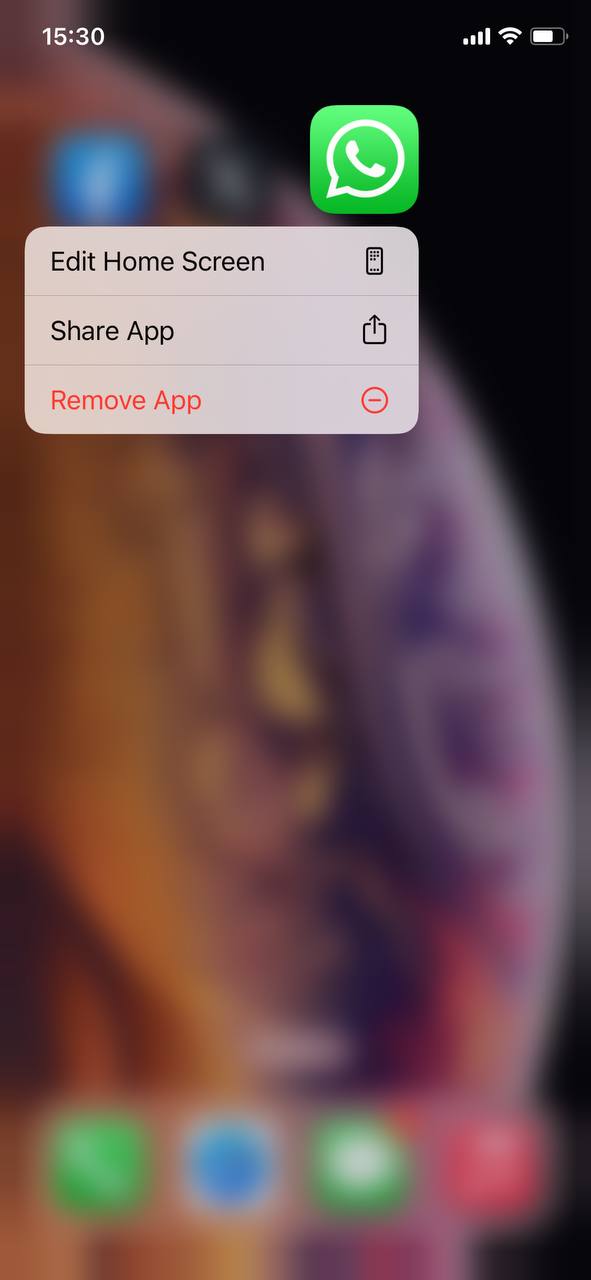
Tip 6: Monitor Battery Health
Over time, batteries degrade, which can impact the performance of your device. Monitoring the health of your iPhone 7’s battery can provide insights into whether the battery might be affecting your device’s speed. To check the battery health, navigate to Settings > Battery > Battery Health. If your battery’s maximum capacity is significantly reduced or if you notice performance issues, you might consider replacing the battery. A new battery can rejuvenate the performance of older devices, making them feel faster.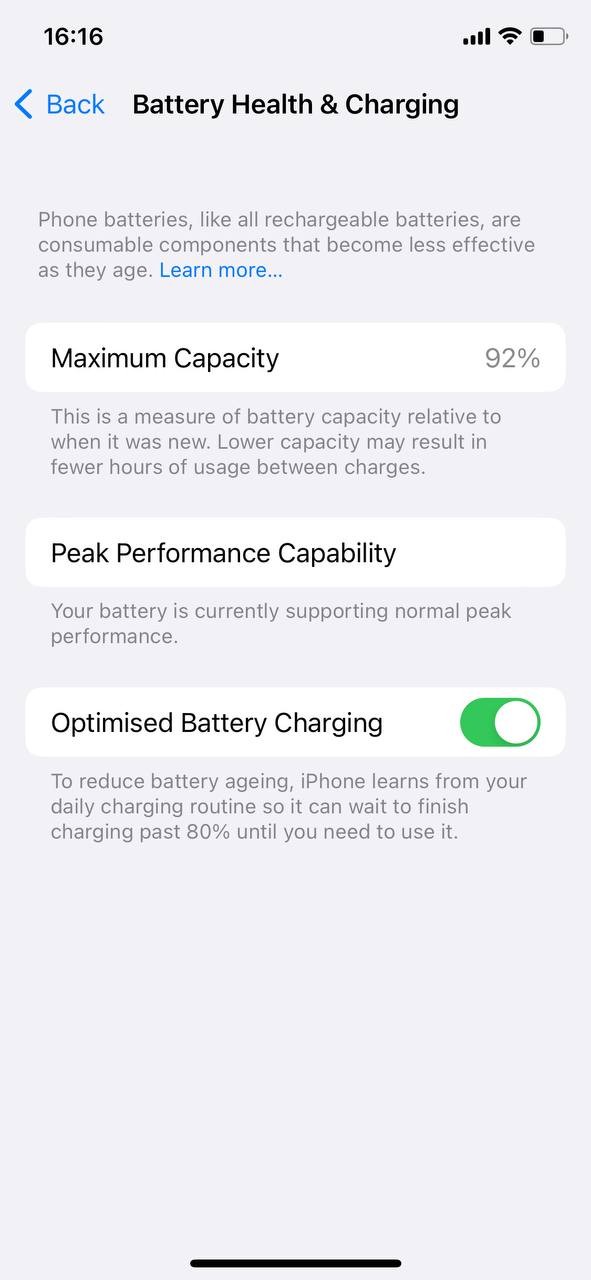
Tip 7: Reset Settings
If you’ve tried most solutions and still face performance issues, consider resetting the settings on your iPhone. This will not erase any personal data. To reset, navigate to Settings > General > Reset > Reset All Settings. This step can be a last resort to make iPhone 7 faster.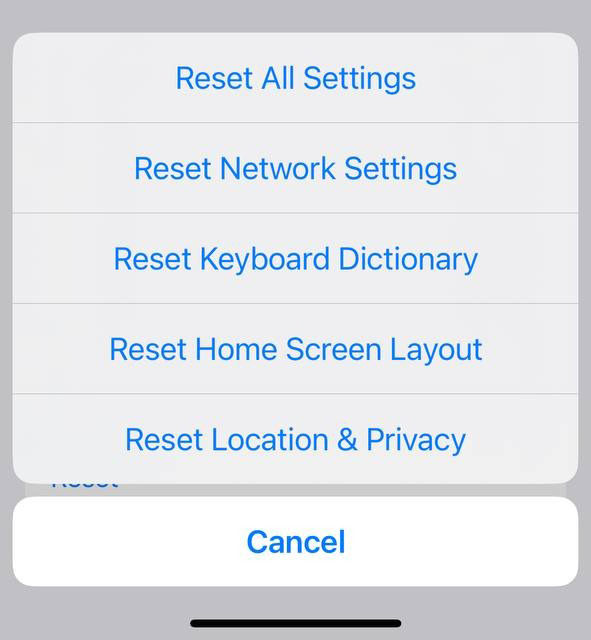
In summary, the iPhone 7 and 7 Plus, with a bit of maintenance and attention to settings, can continue to offer solid performance. The above tips provide a route to ensuring the longevity and efficiency of your device.
Advanced Techniques for Enhanced iPhone 7 Performance
If you’re looking for more technical approaches to boost your iPhone 7’s responsiveness and efficiency, this section is tailored for you. These methods are for those who are comfortable delving deeper into their device’s settings to achieve an optimal performance experience.
- ? Clear Out Unused Files and Apps: Over time, clutter can accumulate. Regularly check for apps you no longer use and delete them. Offload unused apps under Settings > General > iPhone Storage. This helps in freeing up space and can make iPhone 7 run faster.
- ? Perform a Factory Reset: This is a more drastic measure. If your phone has accumulated a lot of configurations and data over time, resetting it to its original state can rejuvenate its performance. Ensure you backup your data first: Settings > General > Reset > Erase All Content and Settings.
- ? Check for Malicious Apps: Occasionally, a poorly designed app can hog resources. Check battery usage in Settings > Battery to identify apps consuming excessive power. If an app is using a lot of battery but you haven’t been using it much, it might be working in the background and slowing down your device.
- ? Upgrade to a Faster Network: If your Wi-Fi router is old, upgrading to a newer model can result in faster internet speeds, leading to a smoother browsing and streaming experience on your iPhone 7.
When employing these advanced techniques, always ensure you understand the implications of each action, especially before making major changes or deletions. Optimizing your iPhone’s performance can provide a more seamless user experience, especially on older models like the iPhone 7.
Conclusion
In the dynamic world of technology, staying updated and optimizing older devices becomes a necessity. The iPhone 7, while a marvel in its time, requires diligent care and smart strategies to ensure it remains at peak performance in today’s demanding digital environment. This article has provided a roadmap for those keen on harnessing the best from their iPhone 7. As we’ve highlighted, it’s imperative to approach each optimization technique with a discerning eye, fully grasping its implications. By doing so, users can maximize their device’s potential and relish a seamless digital journey.
FAQ
The amount of free storage can impact the performance of your iPhone. Generally, it’s a good practice to maintain at least 10% of your iPhone’s total storage capacity as free space. This allows the device to operate smoothly, especially when managing system processes and app updates. If your iPhone is nearing its storage capacity, consider offloading unused apps, deleting old photos or videos, and clearing cached data.
Resetting the iPhone can sometimes resolve issues causing the device to lag or perform slowly, especially if these issues stem from software conflicts or corrupted data. However, it’s important to note that a full reset will erase all data from the device, so it should be done with caution. Before performing a reset, make sure to back up all your data. Additionally, simply resetting may not guarantee a performance boost, especially if the slowdown is due to aging hardware components.
Over time, iPhone batteries degrade and can’t hold their charge as efficiently as when they were new. When a battery’s health decreases, Apple’s software may throttle performance to prevent unexpected shutdowns. So, in situations where the battery is significantly degraded, replacing it can lead to improved performance. It’s a good idea to periodically check your iPhone’s battery health (Settings > Battery > Battery Health) and consider a replacement if it’s significantly degraded. However, always ensure that you get your battery replaced by a certified technician to maintain device integrity and safety.
